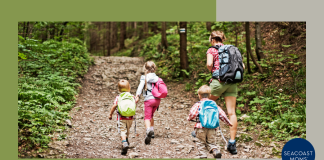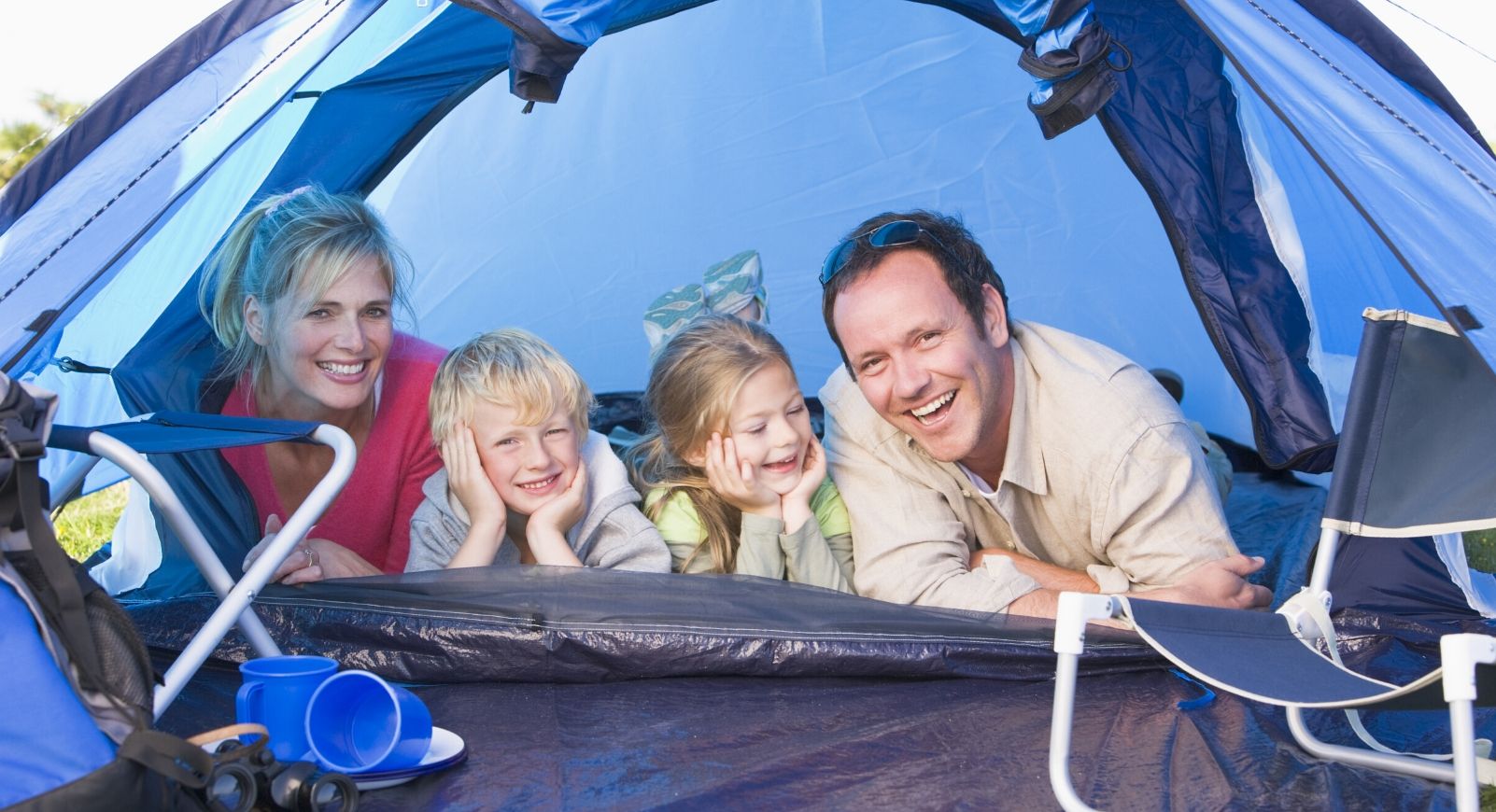How do we teach breathing exercises to our kids, regardless of their ages? Can we go beyond the simple phrase “take a deep breath” or “count to ten” when teaching our children the very important skill of calming down their bodies?
You know the feeling: the noise is rising in the house and you can feel the tension rising in your chest. You instinctively take a deep breath. Breathing is something we all do, every minute of every day. Somewhere along the way, you learned to control your breath, and through that, your body’s reactions to your emotions. Breathwork has many benefits, from slowing our heart rate to helping symptoms of PTSD. It is a crucial skill in parenting, when our nervous system can be taxed after a long day (or hour) with little ones.
I never imagined I would be able to do breathwork with my 16 month olds, but one day I figured I would give it a shot. One of my twins was screaming, red in the face. I sat in front of her and took a deep breath, blowing the air through pursed lips towards her. She giggled. I remembered that she loves the wind, so I started blowing my exhale in her hair and on her face. She giggled some more, and had stopped screaming. A few sessions later, to my delight, she started mimicking me! This started me thinking – how can I continue to help them develop this ability to slow the physical reactions to emotions with attention to breath?
Read on for simple and fun breathing exercises for kids of all ages! The age ranges listed are a general reference. As always, you know your child best.
12 Months to 2 years:
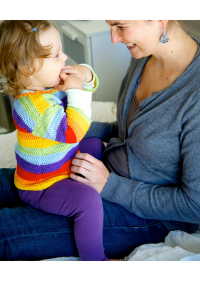
The Simple Deep Breath
Place your child on your lap or sit in front of them. Take a deep breath and blow out through pursed lips. If they like the feeling, blow the exhale on their face, hair, arms, etc. If they don’t seem to like the sensation, you can make it more fun by adding a silly noise to the exhale. Next, encourage them to try taking a deep breath, saying “deep breath” before you take yours. It may take a few practice sessions, but children love to imitate parents, so keep at it. At the very least, you will feel calmer after taking an intentional deep breath.
You can practice when they are calm first, but eventually you want to start teaching them when to use these deep breaths. When they are upset, you can simply take your own deep breath and say the words “deep breath” out loud. My favorite moment was when in the grocery store, as I was trying to find something, I noticed my daughter take a deep breath — and realized I had been taking a deep breath in reaction to the frustration I felt. She saw my action and remembered to mimic it.
2 years to 6 years:
At this point, your child will be able to imitate you on demand, so you can simply demonstrate and explain. Again, you can practice during calm times and then start integrating into high energy states. These two breathing exercises for kids are fun for all ages!
Lion’s Breath (or Dragon’s Breath)
Take a deep inhale, and then as you exhale, stick out your tongue and make a ‘ha’ sound.
Bunny Breath
Take three quick inhales through the nose (sniffing like a bunny) and one long exhale
6 to 12 years:
School age children can integrate more into their breathwork, so this may be a time to add a more complex concepts into their practice as their developmental level allows.
Noticing the Breath
Have your child sit or lay down in a comfortable spot. They can close their eyes if that helps. Have them notice their breath moving in and out of their mouth. As they practice more, you can have them identify fast versus slow breaths, or shallow versus deep. Next, invite them to start noticing their breath in different situations — such as when they are just finished playing, after reading, just before bed.
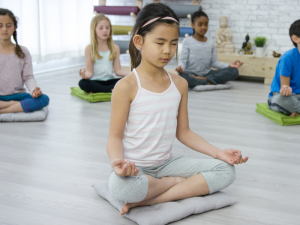
Belly Breathing
Have your child sit in a comfortable position or lie down on their back. Ask them to place their hands on their belly, or one hand on their chest and the other on their belly. This is also a good time to practice noticing the breath and how their hands move when they breath in and out. Next, they will take a deep breath, trying to move their belly out with the inhale and back down with the exhale. Encourage them to slow down their breathing so that they can feel their chest and belly move.
12 years to Adulthood:
Ah, the teenage years. One of my favorite jobs was as a nurse on and inpatient psychiatry unit for children and adolescents. Whenever I worked an evening shift, I ran a guided meditation group just before bedtime. Surprisingly, it was a hit! We dimmed the lights, sometimes played light instrumental music, and did a short reading while the teens got comfortable and let their minds relax. All this to say, despite the emotional turbulence associated with adolescents, teens are primed absorb the wisdom of mindfulness and breathwork. Teaching them to tune into their bodies gives them a sense of autonomy and eventually trust in their ability to control their reactions.
Four-Part Breath
Find a comfortable position and settle in, starting with noticing the breath and how your body feels. Next, you are going to count on the inhale and exhale. Our goal is to lengthen the inhale and exhale to cover a count of 4. Once we’ve slowed down the breath, we add in pauses. Inhale for a count of 4, hold the breath for a count of 4, exhale for a count of 4 and hold for a count of 4. Then repeat.
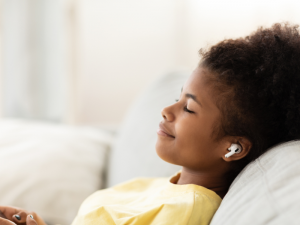
Progressive Muscle Relaxation
Again, starting in a comfortable position, you will start a head-to-toe “check in” of your body. Simply notice if one area is sore, tight, or feeling good. Next, on an inhale, tighten all the muscles in your face for a count of 10, followed by a forceful exhale and release of the muscle tension. After a few more breaths, move down the body continuing this pattern — jaw, neck/shoulders, arms, hands, fingers, chest/torso, abdomen hips/glutes, legs, feet, toes.
Now remember, these are breathing exercises for kids and all ages — including parents! The simple deep breath is a useful tool for almost any situation, and teaching your children any of these exercises also puts them in your parenting toolbox. So here’s your sign take a moment, or 15 minutes, to find some calm amid the chaos.






